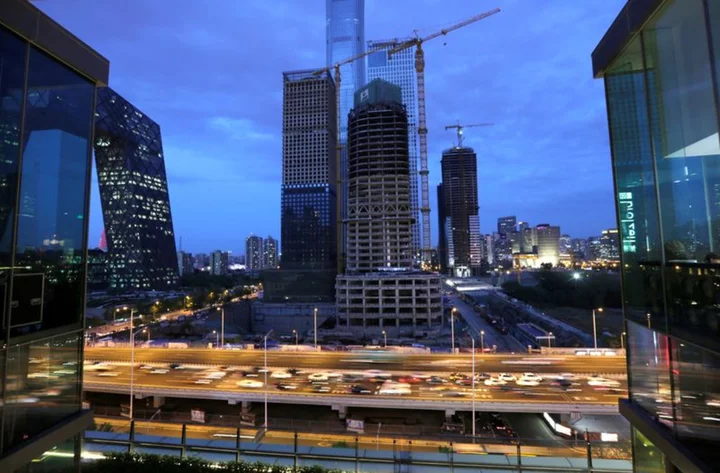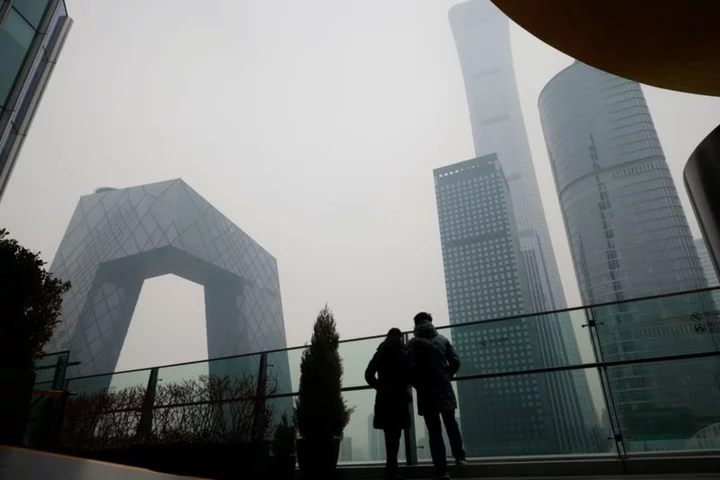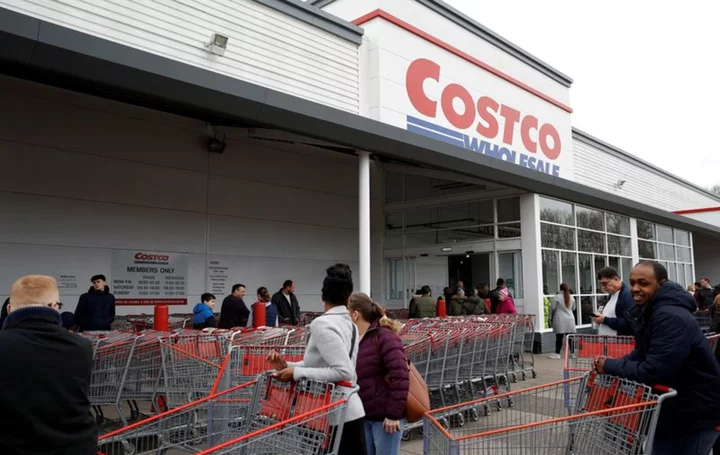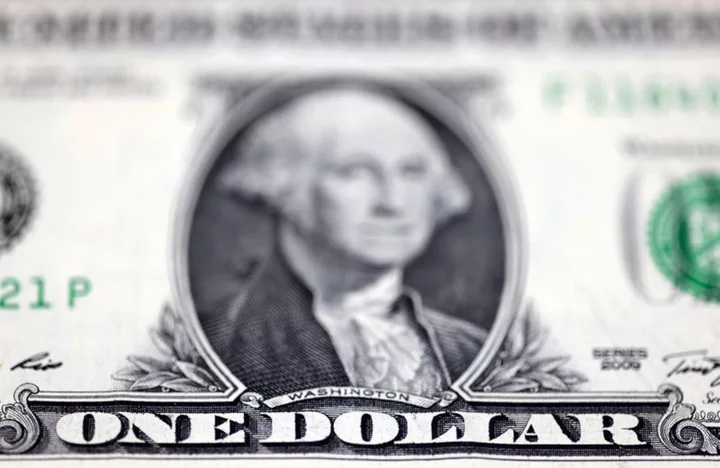BEIJING China has rolled out a series of policy measures in recent months to revive a stumbling economy after its post-pandemic recovery fell away quickly, and more steps are expected.
The world's second-largest economy staged a solid rebound in the first quarter after COVID curbs were removed, but since then demand at home and abroad has weakened and a deepening property crisis has put more downward pressure on growth.
Still, few analysts expect any aggressive stimulus measures due to concerns about debt and financial risks. China has set a modest economic growth target of around 5% for this year.
The following is a list of recent policy support measures;
Sept 1. - China is set to take further action including relaxing home-purchase restrictions to try and stabilise its debt-riddled property sector, four people familiar with the matter said.
Sept 1. - China stepped up measures to boost the country's faltering economy, with top banks paving the way for further cuts in lending rates.
Aug. 31 - China's central bank and financial regulator issued notices to ease some borrowing rules to aid homebuyers, including lowering the existing mortgage rate for first-home buyers and the down payment ratio in some cities.
Aug. 31 - Major Chinese cities say they will allow people to take preferential loans for first-home purchases regardless of their credit records.
Aug. 25 -China's cabinet on Friday approved guidelines for planning and construction of affordable housing at a meeting chaired by Premier Li Qiang.
Aug. 21 - China cut its one-year benchmark lending rate but surprised markets by keeping the five-year rate unchanged amid broader concerns about a rapidly weakening currency.
Aug. 15 - China's central bank unexpectedly chopped one set of key interest rates, and followed it with cuts on other rates hours later.
Aug. 2 - China's finance ministry unveiled a package of tax relief measures for small businesses and rural households.
July 31 - China's cabinet issued measures to boost consumption in the automobile, real estate and services sector, aiming to give full play to the "fundamental role" of consumption in economic development.
July 28 - State media quoted the housing minister as saying that China needs to effectively take steps to lower home mortgage rates and down payment ratios for first-time buyers to help spur home purchases. Borrowers in some cities are still waiting for that to happen.
July 24- China's top leaders, at a Politburo meeting, pledged to step up support for the economy, signalling more stimulus steps. A rare omission of "housing for living, not for speculation" in the official readout fanned expectations of more measures to boost activity in the property market.
July 24 - China's state planner unveiled measures to support private investment in some infrastructure sectors and said it will strengthen financing support for private projects.
July 21 - The cabinet approved guidelines on transforming "urban villages", or underdeveloped areas, in megacities, which will help underpin property investment.
July 19 - The Communist Party and the cabinet issued guidelines to support the private economy, pledging to make the sector "bigger, better and stronger" with a total of 31 policy measures.
July 18 - China's commerce ministry announced a series of measures aimed at boosting household consumption of goods and services.
July 14 - China's cabinet approved guidelines for improving the building of public infrastructure in megacities, to help support the economy and cope with future public health crises.
June 30- China's central bank increased its relending and rediscount quotas by 200 billion yuan ($27.86 billion) to support the farm sector and small firms.
June 20- China's central bank cut its key lending benchmarks, or loan prime rates (LPR), for the first time in 10 months.
($1 = 7.1791 Chinese yuan renminbi)
(Reporting by Kevin Yao; Editing by Shri Navaratnam)









